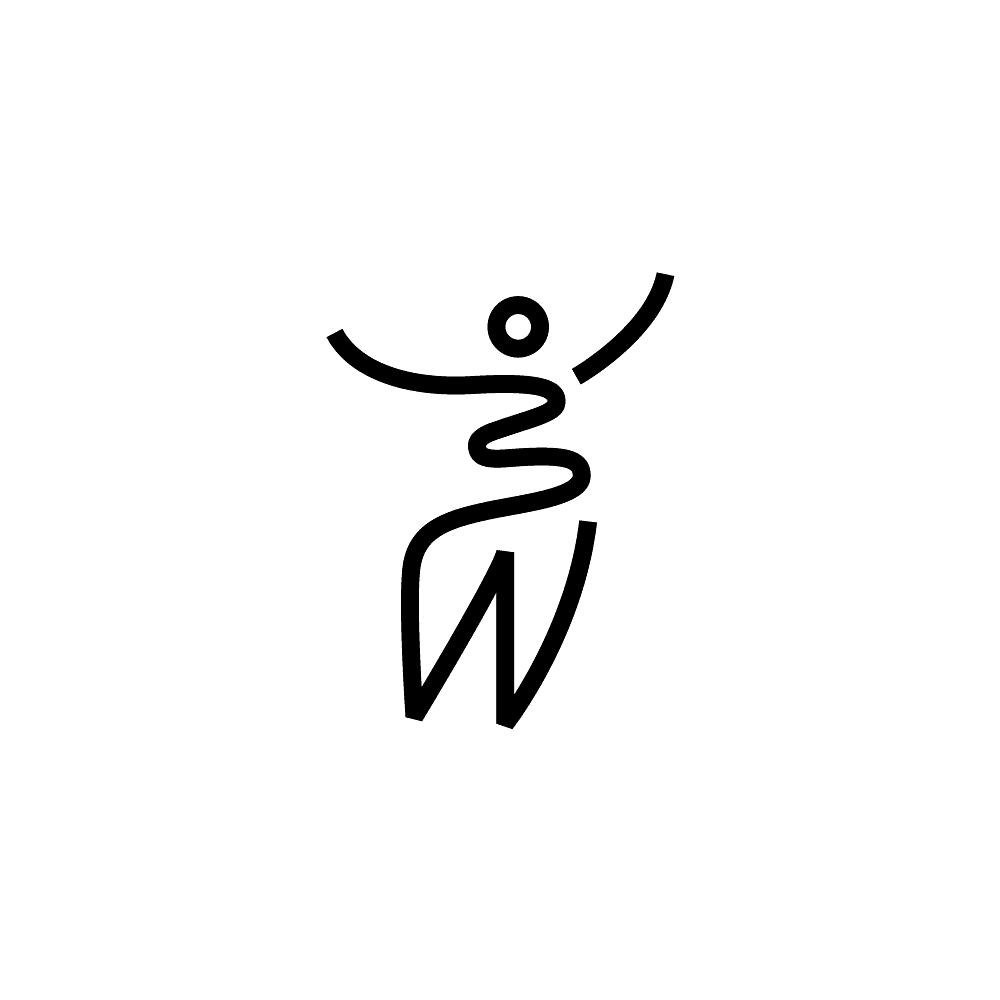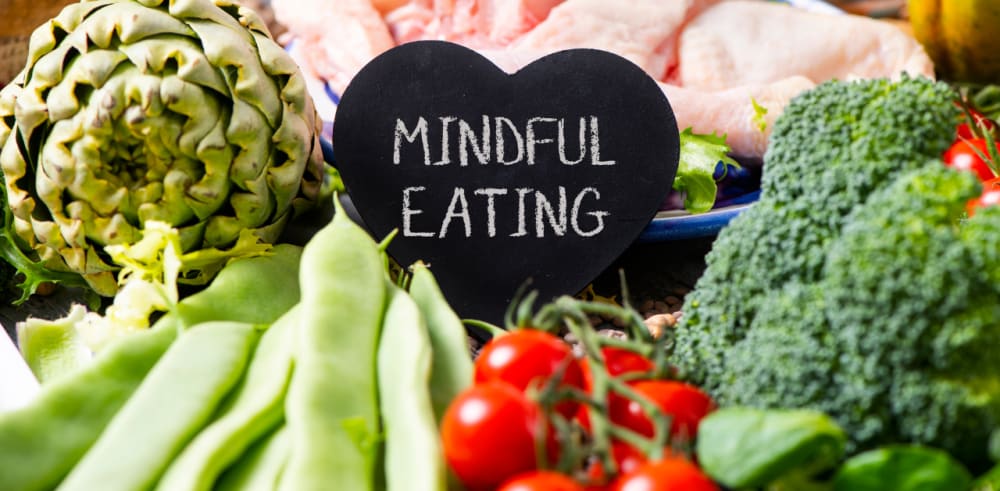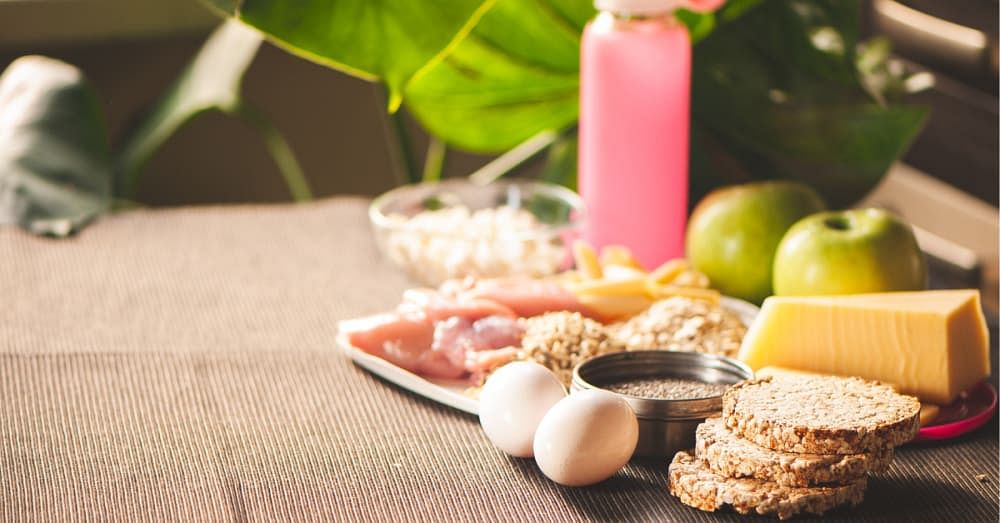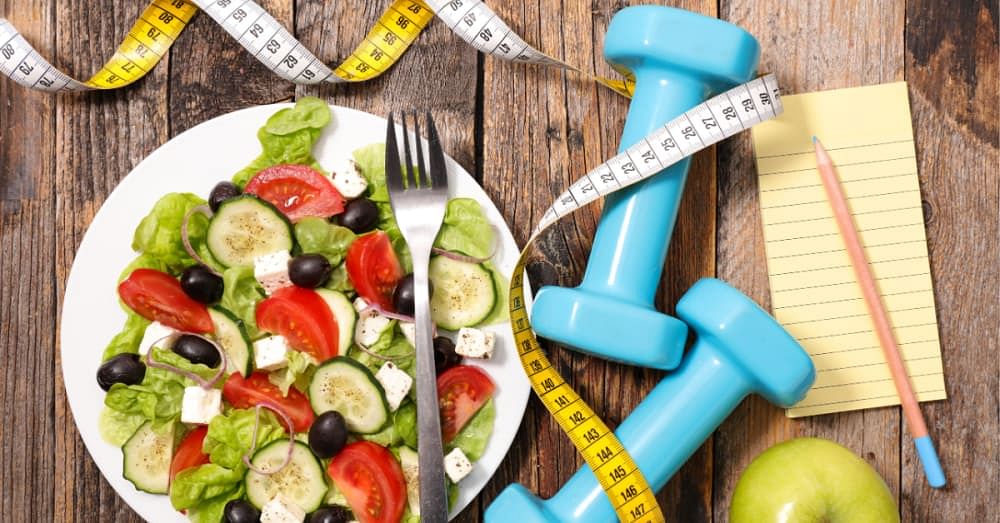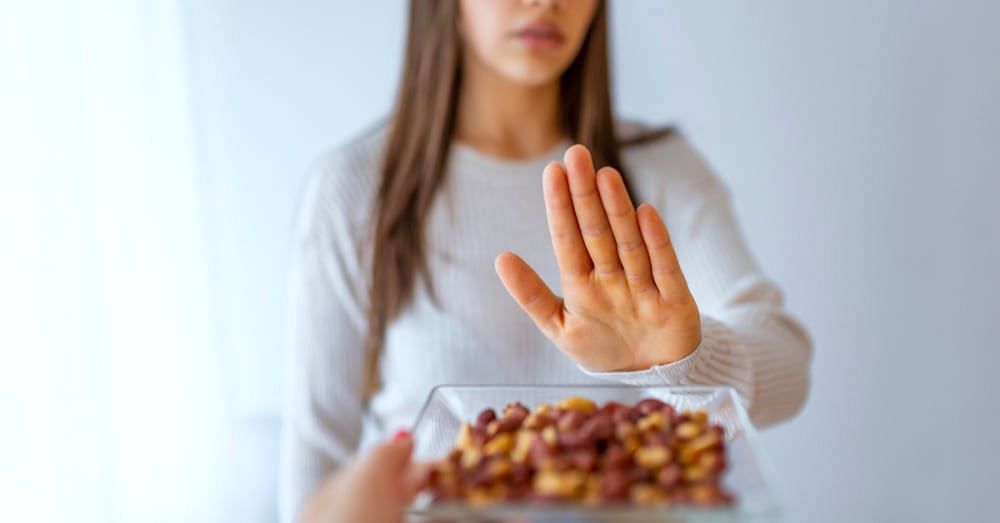Every nipple has its personality. Nipples vary from woman to woman and can be flat, inverted, soft, firm, and even hairy. For example, Indian women may have nipples that are darker than Caucasian women. Many women also have mismatched pairs. The different types of nipples among women are all completely normal. There is no perfect boob size or nipple formation. So don't let anybody tell you otherwise!

Why? Because their appearance makes no difference to their functionality. Trust us to bring you facts about boobs and nipples that do not mislead you. Read on to know the truth!
Some of the causes for different types of nipples include:
- Genetics
- Pregnancy
- Aging
- Temperature
- Arousal
- Piercing
- Hormones
Are you looking to get to know your nipple type better? Here are the different types of breast nipples.
What is Nipple?
Anatomically, a nipple is a raised structure, generally lying in the centre of the breast. This raised structure contains a bundle of tissues, which often remains pigmented. Generally, the pigmented area on the breast is the areola and the nipple. The areola is the flat structure while the nipple protrudes.
So, if the nipple does not protrude, does it mean that it is not present?
No. There are different types of nipples in females. Some protrude in front, some sidewards, or some remain inward. Any changes in the size and shape of the nipple show the onset of puberty, pregnancy, or any ailments.

Types of Nipples
Protruding Nipples
- Are your nipples bigger than usual? Protruding nipples are pointy breasts. They get raised a few millimetres above the surface of the areola or ring of pigmented skin surrounding the nipple.
- The amount that these nipples protrude varies from woman to woman.
- When stimulated or cold, this nipple becomes more pronounced and can harden. It is entirely normal to have protruding nipples.
- That said, if you're feeling constant discomfort in your clothing, it is best to consult a doctor. But if you plan on opting for breast surgery, it might change the sensitivity of your nipples.
Tight Nipples
- Also known as erect nipples, tight nipples are outward and pointy in form.
- Such nipples can be an indicator of a woman's sexual arousal. However, these can also result from tight clothing or cold climates.
- Women experience tightening of their nipples during sexual activity.
- As per a study, women associate tight nipples with positive emotions like friendliness and happiness.
Hairy nipples
- Hair could be protruding from the areola- the pigmented region around the nipple.
- Even though this phenomenon occurs more commonly among men so causes for hairy nipples among women are conditions like PCOS, irregular menstruation, and ovarian cysts.
Supernumerary nipples
- This nipple type usually occurs congenitally- meaning at birth.
- Women with supernumerary nipples usually have an extra nipple over and above the two nipples that already exist.
- Usually appearing on the chest, this nipple type is rarely the cause of medical complications.

Small Nipples
- Nipples come in all shapes and sizes. That is why it is entirely normal to have tiny nipples. Much like your foot size, small nipples are a result of genetics.
- As long as they function conventionally, the size of your nipples doesn't matter.
- Common causes of small nipples are genetics and pregnancy.
- Vacuum techniques, specific exercises and surgery are methods used by women to make their nipples bigger.
- As per a study, nipples are excessively diverse in size. If there are sudden changes in their size, consult your gynaecologist.
Also read: How do healthy nipples look?
Soft Nipples
- The areola puffs forward in soft nipples.
- While some women tend to embrace them fully, others find it somewhat embarrassing. Regardless of this, having soft nipples is very typical.
- Such nipples have excess tissue in the areola region.
- The common causes of soft nipples include genetics, hormones, PMS, and medication.
Firm Nipples
- Many women have nipples that tend to get hard. Such nipples are known as firm nipples.
- Change in temperature or sexual arousal can result in hard nipples.
- Other possible causes include breastfeeding, ovulation, and allergies from piercings.
- While having firm nipples is perfectly normal, you must consult a doctor if you experience recurring pain.
- As per a study, 81.5% of women feel the firmness of their nipples enhances sexual arousal.
Also Read: Foods that Increase Breast Milk

Open Nipples
- These nipples are sore or cracked.
- They usually occur among women who are breastfeeding. Some women also experience sore boobs after periods.
- Open nipples are excessively common among women athletes, especially runners, which is called the jogger's nipple.
- Studies have found that open nipples are more common among long-distance runners.
- They can also be due to genetics or piercings.
Inverted nipples
- Also known as retracted nipples, these nipples sink in rather than protruding outwards.
- This condition is perfectly normal if this has always been the case, and there's nothing to worry about.
- If retracted nipples occur suddenly, there may be cause to worry as it could indicate breast cancer.

Facts About Nipples
Amidst several luring breast-lifting bras, breast augmentation ads, or nipple bans, nipples serve several purposes. Here are some interesting facts about it:
1. There Are Typically 6-8 Types of Nipples
Nipples can be flat, inverted, protruded, or unclassified. One can even have one nipple protruding, while the other is inverted. Whatever be the type, they are normal and not prone to any bodily disorder.
2. Areola and Nipple Are Different and Not Interchangeable
The nipple forms the centre of the breast that links to mammary glands through lactiferous ducts. On the other hand, the areola is the dark area surrounding the nipple.
3. Having Two Nipples in the Areola Is Normal
While it is rare, a woman can have two nipples in the same areola, also known as a bifurcated or double nipple. Both the nipples can secrete milk for the infants, depending on the ductal system of the mammary gland. It is not harmful to the woman or the infant. However, an infant may find it difficult to fit both the nipples in their mouth.
4. Nipple Hair Is Also Real
Have you witnessed tiny bumps around your nipples? These are hair follicles. Nipple hair may look darker or wiry compared to other body hairs. However, they can be plucked, shaved, trimmed, or waxed if they bother you.

5. Average Nipple Height Is the Size of the Ladybug
According to a study, the average diameter of the areola is 4 cm, smaller than the golf ball. The average diameter of the nipple is 1.3 cm, similar to the width of an AA battery, while its average height is 0.9 cm, which is the size of a ladybug.
6. Nipple Size Changes in Females
The nipple size of females keeps changing throughout the pregnancy. A 2013 study shows that the length and width of women changes throughout the pregnancy. Even the width of the areola can change.
7. Nipple Stimulation Leads to Sexual Arousal
According to a study, approximately 82% of women felt sexual arousal due to nipple stimulation. Only 7-8% felt a decrease in arousal.
8. Breast Surgery Often Impacts Nipple Sensitivity
The most common breast surgery is breast augmentation. While it may seem aesthetically pleasing to some, the surgery comes with the potential risk of losing sensation in the nipples. A study indicated that 75% of women who underwent breast augmentation surgery experienced changes in their sensations. 62% of women in this study experienced pain when touched in the nipple area.
9. Nipples Can Crack and Chafe
According to a study conducted in Brazil, approximately 32% of women experience cracked nipples after one month of breastfeeding.
Apart from this, strenuous workouts can also cause itchy, flaky, and red nipples apart from breastfeeding. In such instances, it is essential to wear the right sports bra or apply petroleum jelly to protect against chafing.
10. Women With Inverted Nipples Can Also Breastfeed Their Infants
Breastfeeding can be difficult for females having inverted nipples. However, it is not impossible. According to WHO, inverted nipples often get non-protractile. It means that it fails to stretch when the baby pulls it. Sometimes, the baby finds it difficult to attach to the nipple. However, protactility or stretching improves during pregnancy or the first week after the baby is born. Even if they find it difficult to breastfeed, they can prefer other alternatives.
11. Nipple Stimulation Help Induce Labour
Nipple stimulation helps in the onset of labour. According to a study, oxytocin helps induce labour. Nipple stimulation enhances oxytocin production in the body. The same study showed that breast stimulation for three days enhanced oxytocin levels.
Moreover, in a 2015 study, it was found that nipple stimulation during labour shortened the first labour stage by an average of 3.8 hours.
12. Nipples Have Their Separate Sweat Glands
The areola is wide in circumference that contains tiny bumps which hold sweat glands, known as Montgomery glands. The only function of these glands is secreting fluids during breastfeeding. It helps keep the nipples lubricated, and the scent it produces helps attract the baby to the mother's breast.
13. Nipples are unique, just like fingerprints
There are many types of nipples appearing in different colours. Just as the fingerprint of every person is unique, consequently, the colour of the nipple also varies. It can be pale pink, brown, reddish-beige, black, etc., with a unique tone in every female.

What Causes Flat Nipples?
- Some women have nipples that are neither inverted nor protruded. Such nipples are known as flat nipples. The most common cause of flat nipples is genetics.
- Flat nipples don't respond to sexual arousal or cold weather. Women with flat nipples don't have a problem breastfeeding. That is because flat nipples usually protrude during pregnancy. However, if you can't get your baby to latch onto your breast easily, research suggests using a nipple shield.
Also read: Home remedies for breast pain and tenderness
Can I Increase The Size Of My Nipples?
Yes, it is possible to increase the size of the nipples. Despite having different types of nipples, one can increase their nipple size through different methods. Nipples form the centre of attraction, and most women prefer surgical or manual techniques to enhance their nipple size.

How To Increase Nipple Size?
Here are some popular ways of increasing nipple size:
1. Nipple Augmentation
It is plastic surgery that changes the appearance and size of the nipples. The process includes removing fat from different body parts (called tissue grafting) and placing it around the nipples. It is the surgical technique of increasing the nipple size. It may cause issues while breastfeeding in the future.
2. Hoffman's Technique
It is the manual technique using home exercises. The exercise helps draw out the nipples. One needs to place the thumb on either side of the nipple base. While pressing the thumbs firmly in the breast tissue, separate them gently. Such exercises help point the nipple forward. However, the duration it stays out differs from individual to individual.
3. Creams and Supplements
Various nipple growth creams are available, claiming to increase the nipple size. Make sure you read the instructions carefully before using any cream or consuming supplements.
4. Piercing and Massage
Piercing also helps keep the nipples in an upright position. A gentle massage with the lotion daily can help enhance the nipple size.

Why Haven't My Nipples Popped Out Yet?
- If your nipples haven't popped out yet, there might be a possibility that you have inverted or retracted nipples. But do not worry, as it is not a cause for concern. Instead of sticking out, inverted nipples go inward or lie flat against the areola.
- While some women are born with them, others develop them later. Research suggests that these nipples are prevalent in 10-20% of the population.
- Some causes of inverted nipples include aging, genetics, and breast surgery complications.
Summing Up On Types Of Nipples
Anatomical awareness of any body part is very crucial. It helps one know about any changes or ill symptoms within the body. Nipples are the centre of attraction of female breasts. They have aesthetic and anatomical functions. Like us, each type of nipple has a different and unique personality. You must know the facts rather than getting misled due to misconceptions and myths.
References
Kátia Sheylla Malta Purim, Neiva Leite. (2014) Sports-related dermatoses among road runners in Southern Brazil. (U.S. National Library of Medicine) https://www.ncbi.nlm.nih.gov/pmc/articles/PMC4148272/
Deepti Nagaraja Rao, Ryan Winters. (2020) Inverted Nipple. (US. National Library of Medicine) https://www.ncbi.nlm.nih.gov/books/NBK563190/
